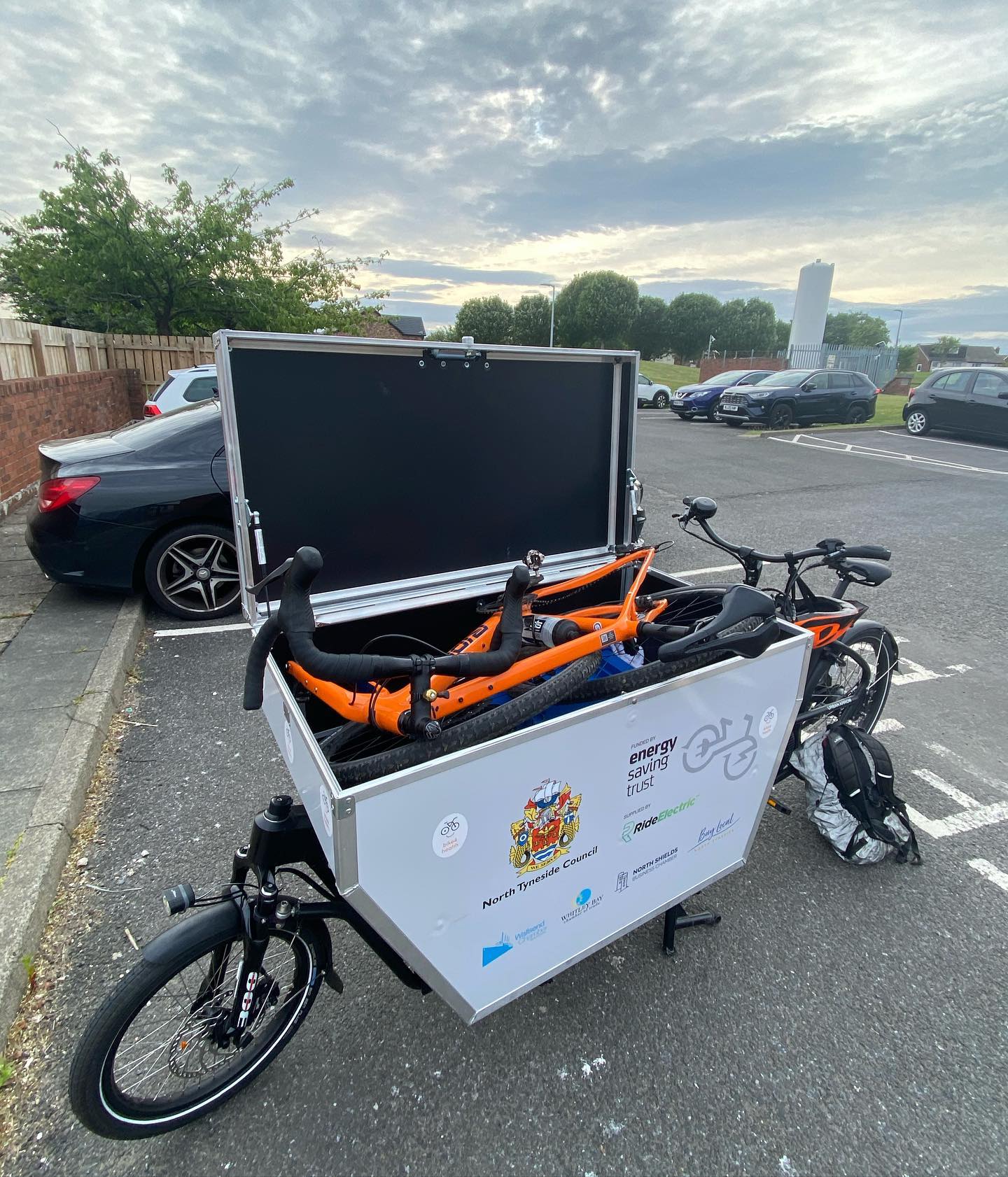Male learner drivers in Tyne and Wear are more likely to pass their driving test than women, something which has remained unchanged since records began. SRNews seeks to discover why.
Government data from Elswick, Gateshead, Gosforth, South Shields and Sunderland test centres, show monthly pass rates for male and female learner drivers and not once have female learner drivers ever surpassed their male equivalents in the yearly total pass rates at Tyne and Wear test centres.
See the interactive map below to view the annual pass rates for both men and women at each test centre in the last five years. The male pass rate is shown in blue, while green represents the female pass rate.
Please note that data for the Gosforth test centre was not listed in the official report up until 2015, so the graph will only present figures from that year onwards.
On average, the male pass rate across the five centres recorded in 2016 was 7.983 per cent higher than the female pass rate. The highest percentage difference between the two genders was recorded last year in October at the South Shields test centre, standing at 21.3 per cent.
During that month, 102 males drivers passed out of a total of 195, with a rate of 52.3 per cent. This was met with a 31 per cent female pass rate, in which only 70 of the 226 conducted tests were successful.
Despite this, North East-based driving instructor Tom Stewart claims this is not actually the case from his experiences”
“I would say it’s a pretty 50/50 balance to be honest. The factors that may influence someone’s learning ability doesn’t tend to be a gender. It can be many things, from age, physical ability, confidence, etc.”
He also disputed common stereotypes about women drivers in the face of this data, adding: “It’s a myth that men are better drivers than women, I think, if anything, women tend to be safer drivers overall.”
Learner driver Phoebe Collins, from Sunderland, thinks that the statistics may be due to drivers’ attention levels.
She said: “I think it may be because men are just more natural drivers and have better concentration. Most women are poor drivers because they don’t concentrate on the road or they have other things on their mind while driving.”
Motorist Mandie Griffin, from Shiremoor, also agrees with this, adding: “Women that can stop multitasking and concentrate on one thing are better at driving, and women are used to multitasking more than men, so maybe some women are still trying to multitask when driving, not giving it their full attention. I, however, am a fabulous driver!
“I think it’s largely down to more men needing driving for work. Women historically only worked part time or not at all, two cars was a luxury, many couldn’t afford so it was usually only the man who needed to drive.”
Click play below to hear what these North East motorists think of the statistics:
Looking at these figures on a monthly basis, show that female pass rates have actually surpassed the men’s at certain points. For example, 2016 saw the female pass rate higher than males’ in four months out of a possible 60 across the five test centres in March, April and October at the Gateshead centre, and in January at South Shields.
However, these instances tend to be isolated cases, seeing as the female pass rate is never higher than the males’ for more than two consecutive months at a time before going back down.
Although the data has not yet been completed for the whole of 2017, so far the male pass rate has been beaten by women on four occasions, in January at Sunderland, February at Gateshead, and in April at both Gateshead and Elswick.
For the full set of data on driving test pass rates by gender, visit the Government website here.



